Toyota unveiled the Corolla Concept at the 2025 Japan Motor Show, revealing the big direction for the 13th generation. Although introduced as a concept, the car shows many details of a "production" nature, while Toyota confirmed that the next generation will have a platform that supports a variety of powertrains including internal combustion engine (ICE), hybrid, plug-in hybrid (PHEV) and pure electric (BEV). Autocar suggests that a hydrogen fuel cell variant (FCEV) could also be considered.

Details suggesting production readiness
Compared to the 12th generation Corolla, the new concept takes a clear turn in aesthetics and aerodynamics. The following series of details suggests that this is likely a fairly close preview of the production model:
- The light signature is similar to the bZ-badged models: high-mounted daytime running lights, low-positioned projector clusters behind smoked glass.
- There's no traditional grille; instead, there's a central air intake in the front bumper with active shutters that can close when cooling isn't needed.
- BEV-style body proportions: very short hood, long windshield, low-set cockpit and sloping rear for a fastback silhouette.
- The square rear end with wraparound taillights cuts deep to the sides; 21-inch wheels and integrated spoiler add to the sense of solidity.
- The charging ports are located on either side of the front fenders; there’s another flap on the left rear that could be the fuel filler cap. Toyota hasn’t confirmed this, but the detail suggests a PHEV configuration in concept.
Note that this is a fastback, not a liftback: the trunk lid opens independently, and the rear window does not lift. This layout prioritizes aerodynamics and a sporty appearance, while maintaining a separate sedan-style trunk structure.
Design follows bZ direction but sharper
The Corolla Concept's language feels like a step up from the bZ range, but with a sharper, sportier feel. This shift also requires updates to existing pure electric models, like the bZ3, if Toyota is to align its design identity for the electrified era.
New platform for drivetrain diversity
According to Toyota, the next generation Corolla will be launched on a completely new platform, capable of integrating multiple powertrains in the same model. This is a notable change from the previous approach, which separated the electric and internal combustion engine platforms. With the new Corolla, customers can choose from ICE, hybrid, PHEV and BEV in the same product line.
| Transmission type | Status |
|---|---|
| Internal combustion engine (ICE) | Endorsed by Toyota |
| Hybrid | Endorsed by Toyota |
| Plug-in hybrid (PHEV) | Endorsed by Toyota |
| Pure Electric (BEV) | Endorsed by Toyota |
| Hydrogen fuel cell (FCEV) | Maybe, Autocar suggests. |
Combining multiple powertrain configurations onto a common platform is aimed at portfolio flexibility and industrial cost optimization. At the same time, it helps Toyota respond to market needs in each region – a factor that has been a tradition for Corolla throughout its global commercial history.
BEV body proportions and the challenge of ICE integration
The short front end and forward windscreen are typical of electric vehicles, where the powertrain module can be placed low and compact. From a production perspective, if an internal combustion engine is still integrated, the design will need some adjustment to ensure suitable engine space and structural safety, although Toyota can optimize the size and location of the engine. This explains why the production version may vary slightly in proportion from the concept.
Aerodynamics and functional details
The central air intake with active louvres is a technical detail, usually only seen on development cars nearing production because it is directly related to thermal and aerodynamic efficiency. The wraparound taillights, integrated spoiler and squared-off tail not only create identity but also hint at how Toyota manages the airflow leaving the body to reduce drag.
Fastback cabin and functionality
The low cockpit and sloping roofline give the car a fastback silhouette. However, since it is not a liftback, the separate trunk lid can maintain sedan-like utility. Actual interior configuration, rear compartment space and luggage compartment capacity have not been announced by the manufacturer.
Global strategy and launch timing
The Corolla is a global product, with a variety of body styles and powertrains across markets. This approach is likely to continue in the next generation to suit specific needs. Toyota says the car will be “packed with innovation” and part of a strategy to “create beautiful cars that people will want to drive,” but hasn’t shared technical details.
In terms of timing, the new generation model is expected to launch next year or at the latest in 2027, when the current Corolla (launched in 2018) is nearing the end of its life cycle.
Quick Conclusion
The Corolla Concept shows a new design direction, revealing a series of practical details such as active air vents, BEV-like body proportions and a charging port and fuel cap layout that hints at a PHEV configuration. Toyota has confirmed that the new platform will cover ICE, hybrid, PHEV, BEV; an FCEV variant is suggested by Autocar. With a projected roadmap from next year to 2027, this is likely a close preview of the 13th-generation Corolla.
Source: https://baonghean.vn/toyota-corolla-concept-dau-hieu-cua-ban-san-xuat-moi-10310164.html







![[Photo] Opening of the 14th Conference of the 13th Party Central Committee](https://vphoto.vietnam.vn/thumb/1200x675/vietnam/resource/IMAGE/2025/11/05/1762310995216_a5-bnd-5742-5255-jpg.webp)


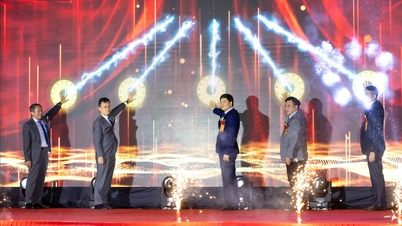














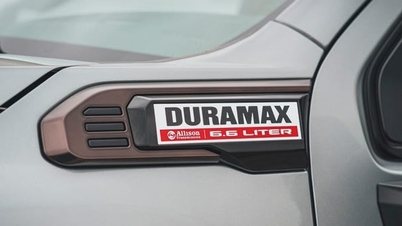


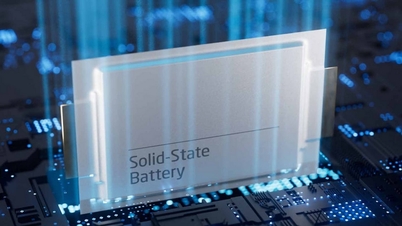
![[Photo] Panorama of the Patriotic Emulation Congress of Nhan Dan Newspaper for the period 2025-2030](https://vphoto.vietnam.vn/thumb/1200x675/vietnam/resource/IMAGE/2025/11/04/1762252775462_ndo_br_dhthiduayeuncbaond-6125-jpg.webp)






































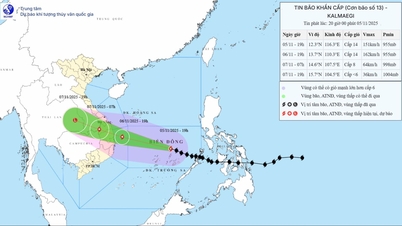










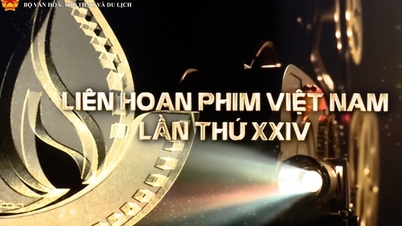






![[Motion Graphics] 5 notes when converting from lump-sum tax to declaration](https://vphoto.vietnam.vn/thumb/402x226/vietnam/resource/IMAGE/2025/11/06/1762381214740_fb_thoi-tiet-cms-1200x800-3.jpeg)
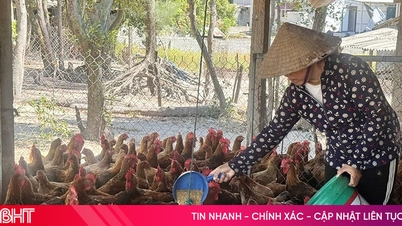
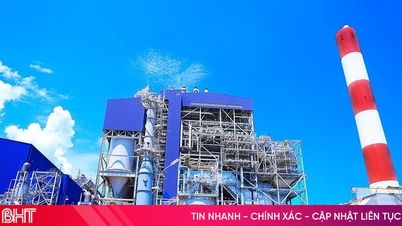
















Comment (0)